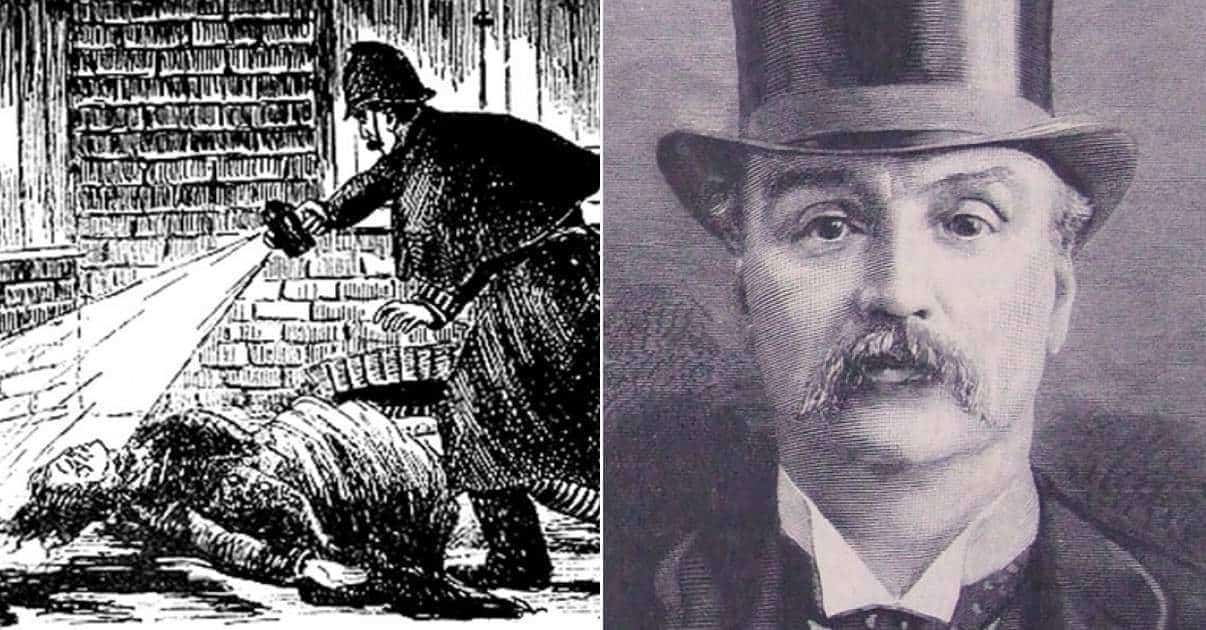Unlike the man himself who is long since deceased, the story surrounding serial killer Jack the Ripper simply refuses to die. Even though the extremely brief reign of terror happened almost 130 years ago, there seems to be an ‘update’ regarding the identity of the butcher of London’s East End almost every year. Although the number of victims (probably five but varies depending on who you talk to) is well below that of the likes of Dennis Nielsen, the ‘Ripper Murders’ is arguably the most famous murder mystery in British criminal history.
The so-called Whitechapel Murders occurred in 1888 with five ‘canonical’ victims amidst a total of 11 killings in the area between April 1888 and February 1891. After the last canonical victim, Mary Jane Kelly, was found on November 9, 1888, the Ripper seemingly vanished without a trace. Although no one has ever been charged and convicted of the murders, there is no shortage of suspects. The increasingly lengthy list includes doctors, policemen, and even royalty. The latest ‘theory’ posits that James Maybrick was the killer but before we discuss him, let’s review the murders.

A Summer of Terror
Mary Ann Nichols is usually said to be the first Ripper victim, but when her mutilated body was discovered on the morning of August 31, 1888, she was actually the third murder victim in the Whitechapel area that year. Emma Elizabeth Smith and Martha Tabram were both murdered earlier in 1888 although Smith died at the hands of several men while Tabram’s wound pattern was different to that of Ripper victims.
Annie Chapman was found dead on the morning of September 8 while Elizabeth Stride was killed on September 30. Catherine Eddowes died on the same night as Stride; possibly because the killer did not satisfy his bloodlust since Stride’s body was not mutilated. After the horrific murder of Kelly on November 9, the Ripper had struck five times in 10 weeks. The unfortunate Kelly had her throat severed down to the spine while her abdomen was virtually emptied of her organs and her heart was missing.

It is perhaps notable that the mutilations became more severe with each passing victim. The exception was Stride which makes it likely that the Ripper had been disturbed during the process. The killer was escalating, and it seemed as if more victims would be found disemboweled on the streets of London. There were four more, but most experts believe that Jack the Ripper was not responsible for the later killings; primarily because they were different to the canonical five.
Other would-be sleuths argue that the Ripper may have been responsible for six deaths while some suggest he killed three. The fact that police couldn’t even agree on the number of victims didn’t bode well for the investigation, and so it proved. Despite identifying numerous suspects, Jack the Ripper was never caught. To this day, both professional and amateur detectives argue over the identity of the killer, and there are over 100 named suspects. James Maybrick is one of the most compelling and new evidence claims he was indeed Jack the Ripper.

